Glow effects are a great way to add visual interest to your designs, and they’re relatively easy to create in Figma. There are two ways on how to do this. The first way is to manually apply the glow effect using the Effects section and the other way is to use a plugin. Here’s how:
Applying a Glow Effect using the Effects Panel
1. Create a new frame, or open an existing one. This will be our background for this example. Set it to a dark color using the Fill section on the right panel.
NOTE: The dark background will make the glow effect more evident.
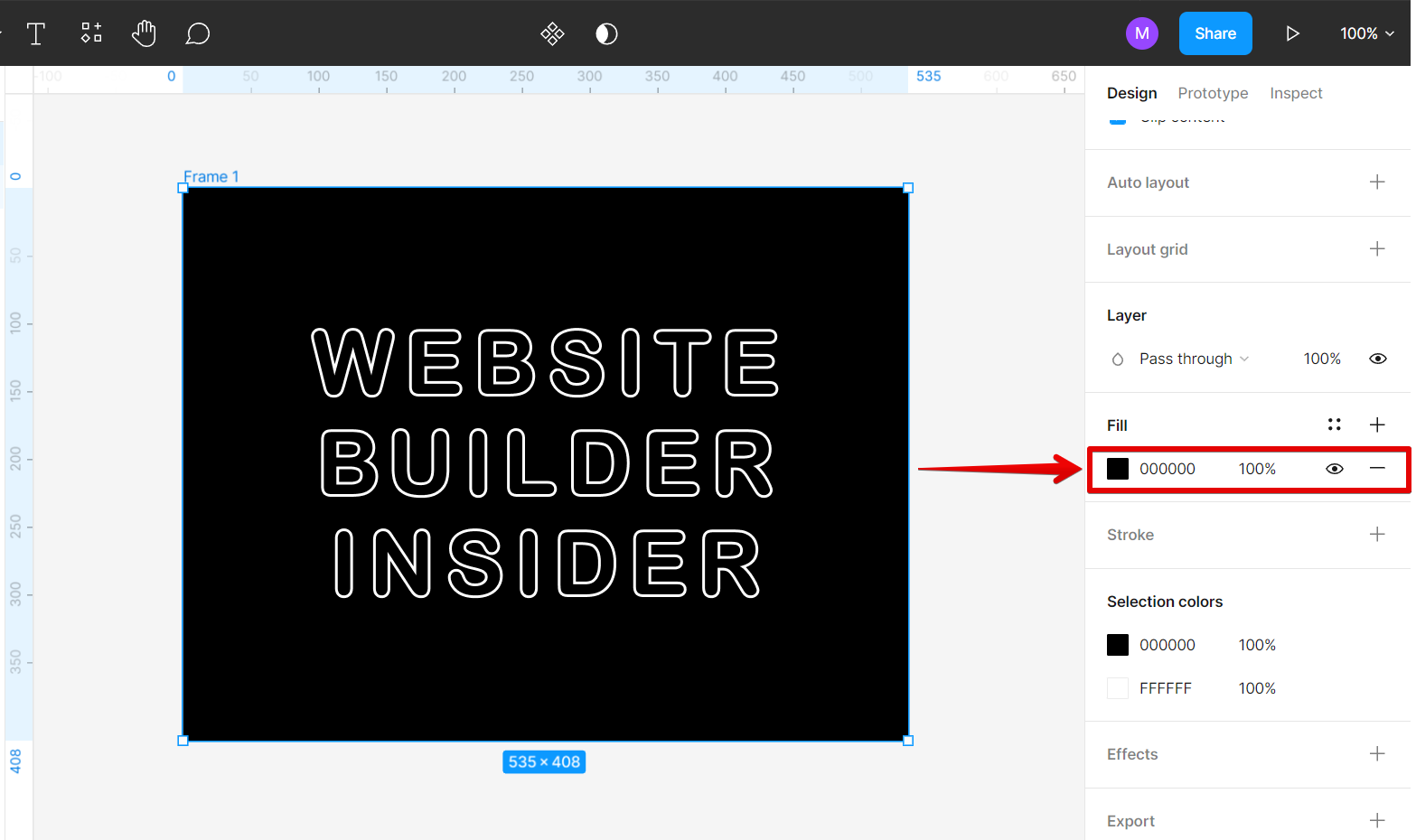
2. Select the object you want to add the glow effect to then go to the Design panel, and under Effects, click on the + icon.
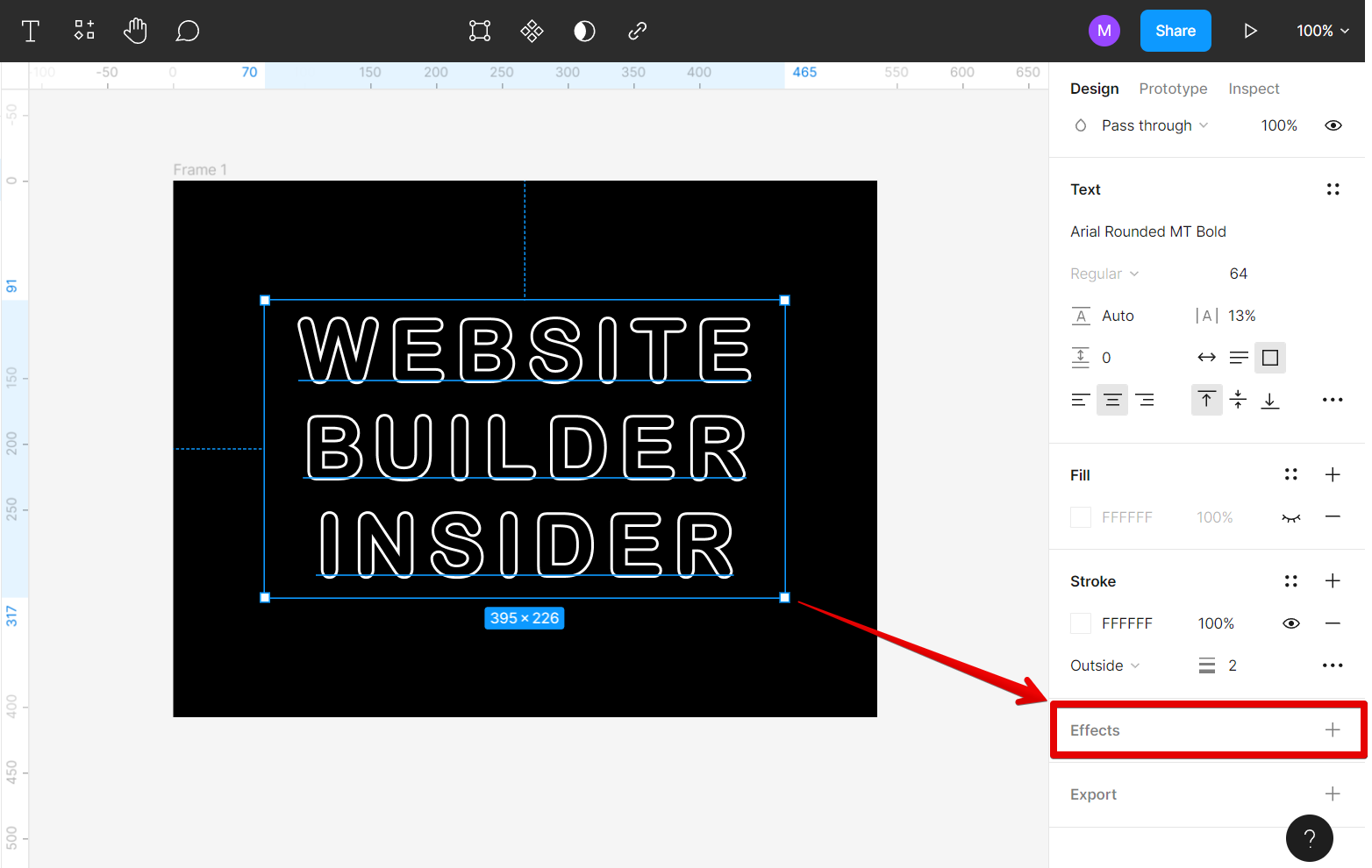
3. Select Inner Shadow from the list of effects and adjust the settings to your liking. You can change the color, blur, opacity, and spread of the effect. In this example, we applied the following settings:
X = 0
Y = 0
Blur = 20
Color Opacity = 100%
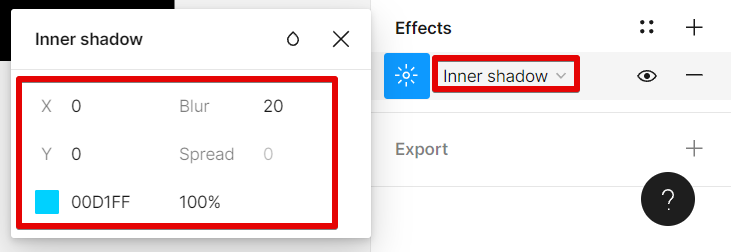
4. Next is to add a Drop Shadow effect. You can also adjust the settings to your liking. In this example, we applied the following settings:
X = 0
Y = 0
Blur = 50
Color Opacity = 100%
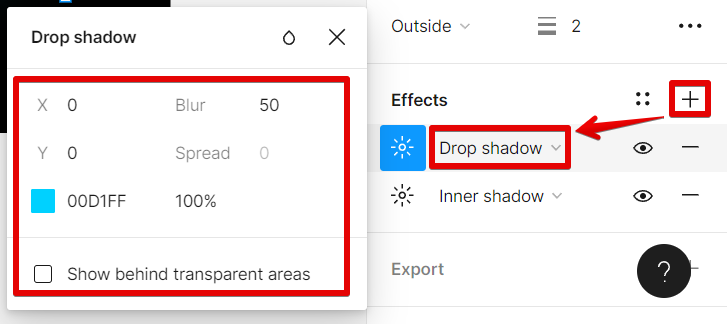
The glow effect should now be applied to the object. If you want to adjust the glow further, just go back to the Effects panel.
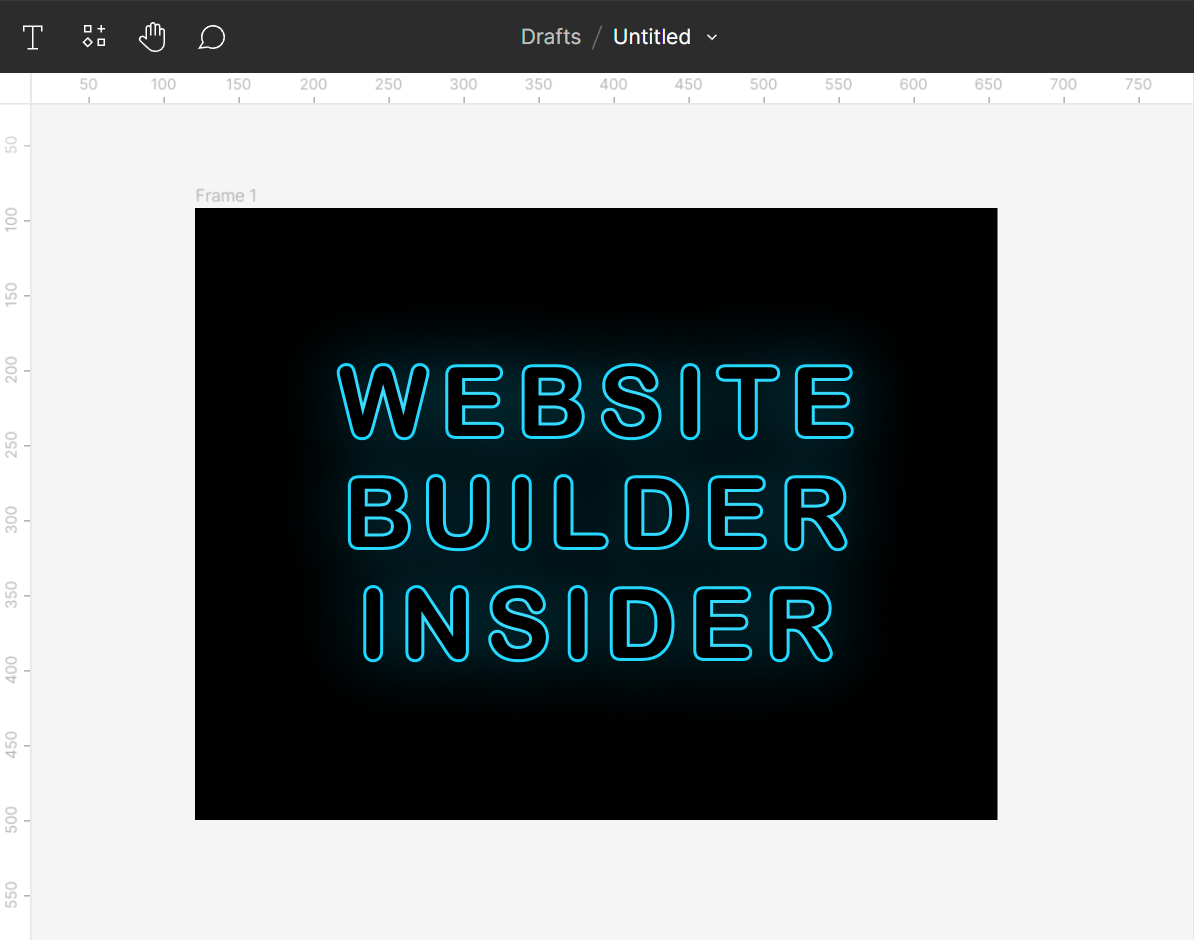
Applying a Glow Effect using a Plugin
1. Open the Resources window and go to the Plugins tab. Search for the Glow plugin and run it.
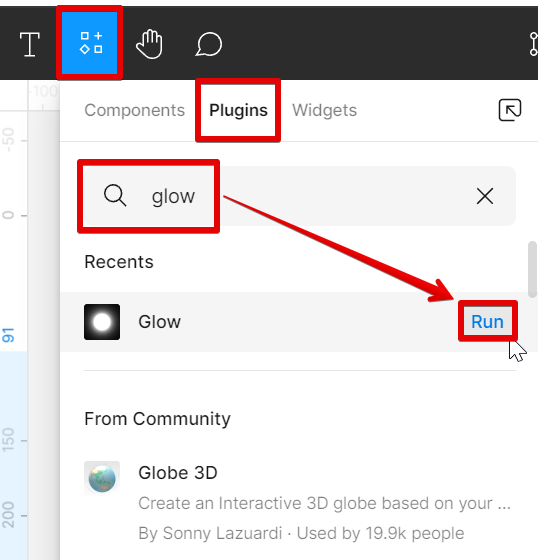
2. In the Glow plugin window, choose the color of the glow by clicking on the circle icon at the lower left part. Then, adjust the intensity of the glow by clicking and dragging up and down on the light bulb shown in the window. Once done, click on the “Apply” button.
NOTE: Make sure that you have the object selected before adjusting the glow settings. Otherwise, the glow effect won’t be reflected on the object.
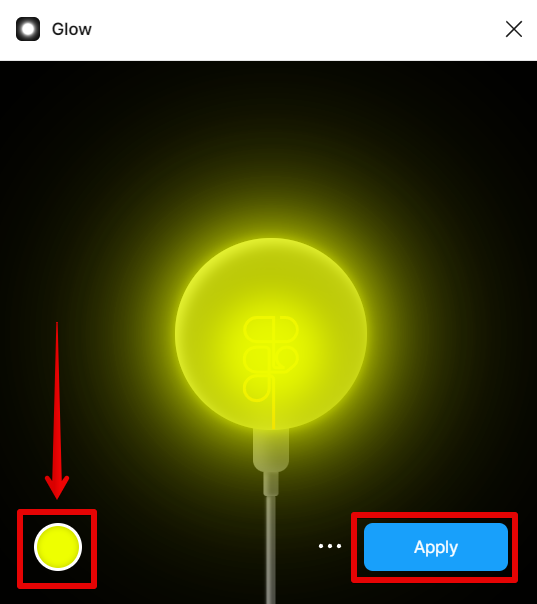
The glow effect should now be applied to your selected object!
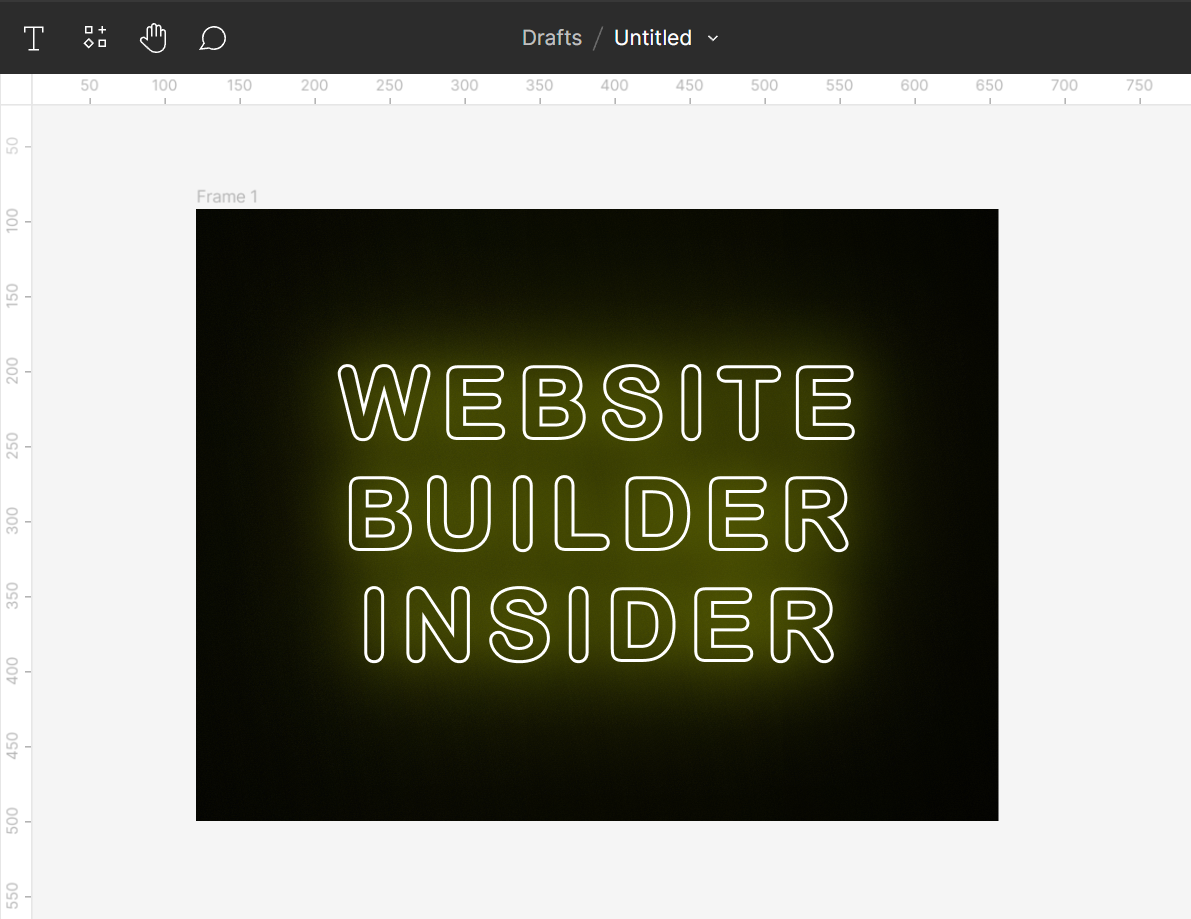
That’s all there is to it! With just a few clicks, you can add a glow effect to any object in Figma.
PRO TIP: This article highlights two ways how to add a glow effect to any object in Figma. Follow the procedures carefully to achieve the expected results!
9 Related Question Answers Found
Neon effect is one of the most popular effects in Figma. It is easy to create and can be customized to fit your design. There are a few things you need to know to create a neon effect in Figma.
If you’re a web developer, then you’re probably familiar with Figma. It’s a great tool for creating prototypes and mockups for websites and apps. But what about when you want to add some flair to your designs?
Images are an integral part of any design, and Figma is no exception. When working with images in Figma, there are a few things to keep in mind. First, when adding an image to a frame, you can use the ‘Fill’ option to automatically fill the entire frame with the image.
Making a hover effect in Figma is relatively easy. All you need is a basic hover element and a few settings in the Figma interface. To start, create a new file in Figma and enter the following code:
< div class="hover-container" >
< div class="hover-element" >
< /div >
Next, add the following CSS to the file:
.hover-container {
position: relative;
top: 0;
left: 0;
width: 100%;
height: 100%;
.hover-element {
position: absolute;
Now, we need to set up the hover element.
Figma is a vector graphics editor and prototyping tool – the first interface design tool with real-time collaboration. It’s the first tool of its kind that enables designers to collaborate in real-time on a single file, making it possible for them to design together at the speed of thought. Figma is built on the web, so it’s fast, reliable and always up-to-date.
Figma is a vector graphics editor and prototyping tool – the first interface design tool with real-time collaboration. How do you do effects on Figma? There are many ways to add effects to your Figma designs.
When you open a new Figma file, the default background color is white. However, you can easily change the background color to any color you want. You can also make the background color transparent so that your designs stand out more.
Figma is a vector graphics editor and design tool, primarily used by web designers and front-end developers. The software is available for macOS, Windows, and Linux. One of the great things about Figma is that it allows you to change the background color of your workspace with just a few clicks.
There are a few different ways that you can view colors in Figma. The first is to simply look at the color palette for a particular project. This can be accessed by clicking on the “Colors” tab in the left sidebar.







